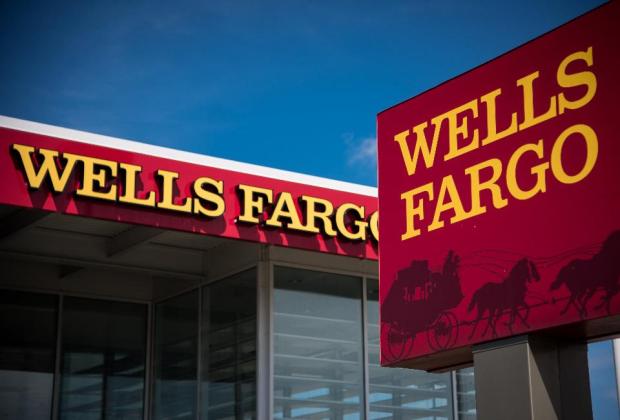Wells Fargo’s New Alleged Scandal? Failing To Refund Owed Insurance Payments

Wells Fargo — after a year of headaches, hassles and a seemingly unending hit parade of scandals — is now facing the ire of regulators who question why the bank is not refunding insurance money owed to customers who paid off their loans early.
Media reports in late July indicated that Wells Fargo forced unnecessary and unwanted insurance on auto-loan customers — a practice that The New York Times originally reported affected some 800,000 customers nationwide. Wells Fargo maintains the figure is lower – in a release the bank identified 570,000 customers affected. .The same study found that almost 275,000 borrowers were pushed into default as a result of those extra insurance payments — and 25,000 cars were actually repossessed.
And, as has been the case with Wells, the hits keep on coming — this time in reference to GAP insurance. GAP — or guaranteed auto protection — insurance exists to protect a lender against the fact that a car, the collateral for its loan, sheds a pile of value when it is driven off the lot. If the car is destroyed before the termination of the loan, GAP insurance pays the difference between what is owed on the car and the insurance payout on the car (if there is a gap). Consumers are not required to carry the product — which tends to cost $400-$600 — but dealers tend to push it fairly hard during auto-sale negotiations.
Should borrowers pay back their loans early, they are entitled to a refund on their GAP insurance because they paid for a longer term than they used. In nine states — Alabama, Colorado, Indiana, Iowa, Maryland, Massachusetts, Oklahoma, Oregon and South Carolina — the law requires customers get their refund of unused insurance money.
Guess what Wells Fargo didn’t do?
“During an internal review, we discovered issues related to a lack of oversight and controls surrounding the administration of Guaranteed Asset Protection products. We are reviewing our practices and actively working with our dealers and have already begun making improvements to the GAP refund process. If we find customer impacts, we will make customers whole,” said Jennifer A. Temple, a Wells Fargo spokesperson.
Temple was not able to offer any information on when the problem began and said the bank is still trying to determine the number of customers affected.
“We are focused on ensuring that the root causes of a firm’s compliance and controls breakdowns are understood and addressed,” said Darren Gersh, a spokesman for the Federal Reserve Board in Washington, before adding, “the Federal Reserve Board will take any regulatory and supervisory steps we feel are necessary to ensure the firm’s attention to compliance.”
The bank’s reported failure to refund the insurance money to customers allegedly harmed those whose cars were repossessed by increasing what they owed. That is also potentially a violation, as all 50 states require that the amount of unused insurance be credited to those borrowers’ accounts, reducing the amount owed.
“The company has identified certain issues related to the unused portion of guaranteed auto protection waiver or insurance agreements between the dealer and, by assignment, the lender, which may result in refunds to customers in certain states,” Wells Fargo said in the filing, which seemed to be nodding at the problem. “These and other issues related to the origination, servicing and/or collection of indirect consumer auto loans, including related insurance products, may subject the company to formal or informal inquiries, investigations or examinations from federal, state and/or local government agencies, and may also subject the company to litigation.”
Friday’s regulatory filing also noted that Wells is working, via its board of directors, to get the situation resolved.
“The board recognizes that there is still work to be done, and, in response to feedback received at our annual stockholders meeting in April 2017, the board is engaging in an ongoing comprehensive review of its structure, composition and practices,” it said.
The bank expects the review to result in changes to be disclosed in the coming months.
Tim Sloan — the bank’s constantly embattled CEO — said to employees Friday, “to regain the trust we have lost, we must continue to be transparent with all our stakeholders and go beyond what has been asked of us by our regulators by reviewing all of our operations — leaving no stone unturned — so we can be confident we have done all that we can do to build a better, stronger Wells Fargo.”
